Hamana miso brings the deep, savory charm of traditional Japanese fermentation straight to your plate. This bold and aromatic miso-based side dish doesn’t just enhance the taste of rice—it tells a story of history, migration, and regional adaptation. Originating in Fukui Prefecture, Hamana miso stands out for its layered flavors and ties to centuries-old food culture. Let’s explore what makes it special, how it came to be, and where you can taste it for yourself.
What Makes Hamana Miso Unique?
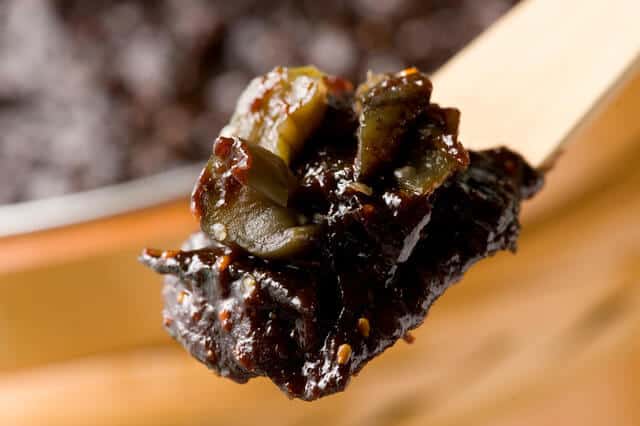
Cooks in Fukui create Hamana miso, sometimes called natto miso, by blending rice malt, sweet sake (amazake), soy sauce, and fermented bean malt with vegetables such as salted eggplant, ginger, and perilla seeds. This mixture produces a condiment that’s rich in umami, slightly sweet, and deeply aromatic. Unlike regular miso used in soups, Hamana miso falls under the category of okazu miso, meaning it’s eaten as a topping or side dish, especially with steamed rice. Locals in Fukui often enjoy it as a warm comfort food during the winter months.
Every bite delivers a bold, earthy punch—a flavor born from carefully fermented ingredients and time-tested techniques. It doesn’t just accompany rice; it elevates it, making a humble meal deeply satisfying.
From Edo Period to Fukui Tables
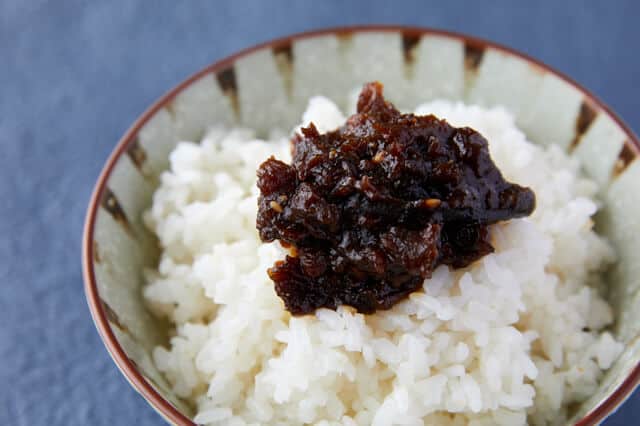
Hamana miso traces its roots to Hama natto, a fermented soybean product that emerged near Lake Hamana during Japan’s Edo period. Tokugawa Ieyasu supported its development, and after the pivotal Battle of Sekigahara, his second son, Hideyasu Yuki, became lord of Echizen (now Fukui Prefecture). When he moved there, he brought the Hama natto tradition with him. Over time, the dish evolved, adapting to the colder climate and local preferences of Echizen.
As the recipe changed, it incorporated more miso and regional vegetables, transforming into the unique Hamana miso known today. Families in Fukui especially cherish it during the New Year season, particularly during the Onento (御年頭) greeting customs, where they serve this miso alongside celebratory meals. The dish not only reflects the adaptability of Japanese cuisine but also shows how cultural roots migrate and take new forms in different regions.
Where to Taste Hamana Miso
Miso cafe misola (みそカフェmisola)
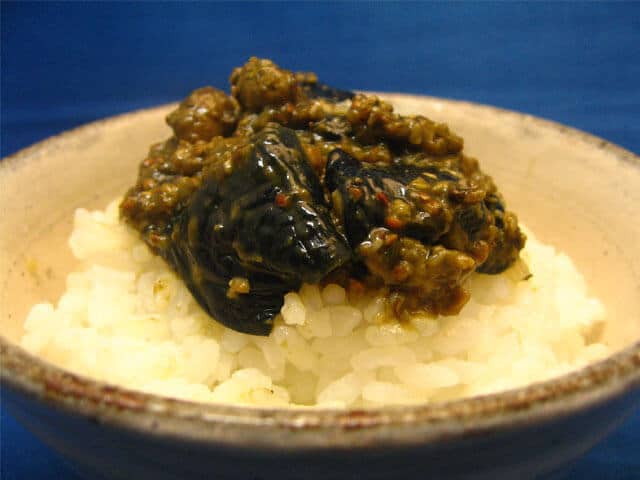
For a taste of Hamana miso in a modern setting, head to Miso café misola in Fukui City. This stylish café specializes in fermented foods, especially miso, and creates both traditional and inventive dishes with local flavor. While their menu changes seasonally, the café’s focus on miso and regional fermentation often includes dishes that reflect the essence of Hamana miso. Whether you’re sipping miso-based drinks or enjoying a hearty rice set, you’ll find a deep appreciation for fermented flavors here.
Why Hamana Miso Matters
Hamana miso doesn’t just offer flavor—it represents a living tradition. It reminds us how food can carry history and evolve with place and time. If you enjoy the complex, umami-rich taste of fermented foods, explore beyond Hamana miso.
Try Haccho miso, shiro miso, aka miso, natto, shio koji, or umeboshi. Each one opens a door into the depth and diversity of Japan’s fermentation culture—where simplicity, patience, and flavor always meet.
Hamana Miso (はまな味噌) FAQ
- What is Hamana Miso?
A traditional miso paste from the Hamamatsu area, known for its rich flavor and slightly sweet taste.
- How is Hamana Miso different from other miso?
It often uses local soybeans and rice, giving it a mellow, balanced flavor unique to Shizuoka.
- Where can I try Hamana Miso dishes?
In Hamamatsu restaurants, at local inns, and in miso-based soups or grilled dishes around Shizuoka.
- What foods pair well with Hamana Miso?
It’s delicious in miso soup, grilled eggplant, or as a glaze for fish and meats.
- Can I buy Hamana Miso as a souvenir?
Yes, you can find it in local markets, souvenir shops, and specialty food stores in Shizuoka.
- Why should tourists try Hamana Miso?
It’s a local flavor you won’t easily find elsewhere—tasting it is like discovering the “soul food” of Hamamatsu.
- Is it used in seasonal or festival foods?
Yes, some local events feature miso-flavored dishes, making it a festive part of regional cuisine.

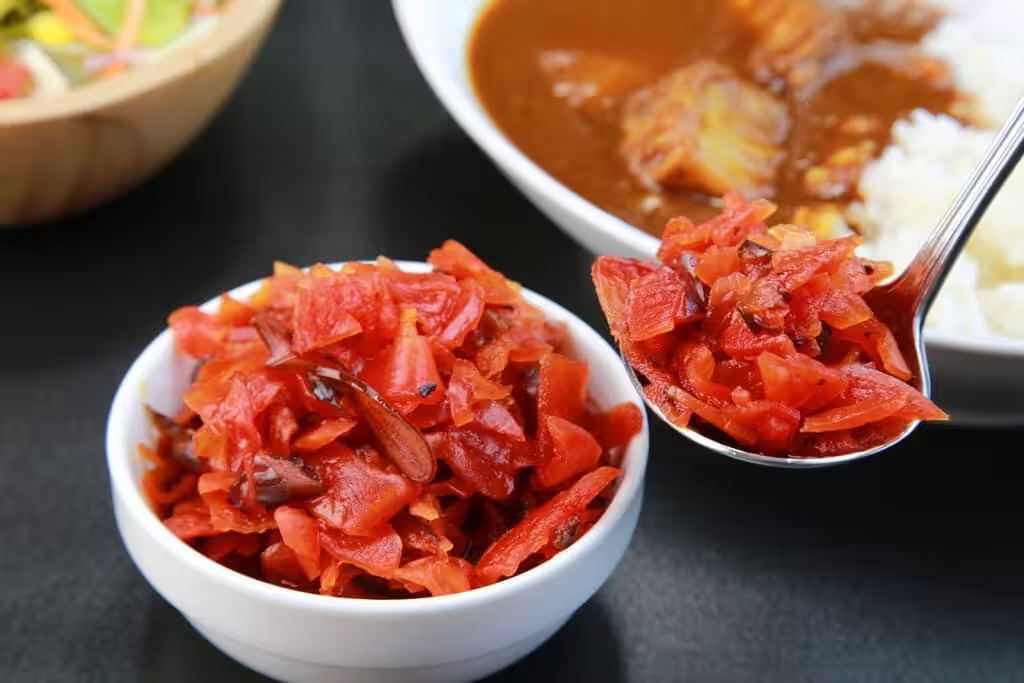

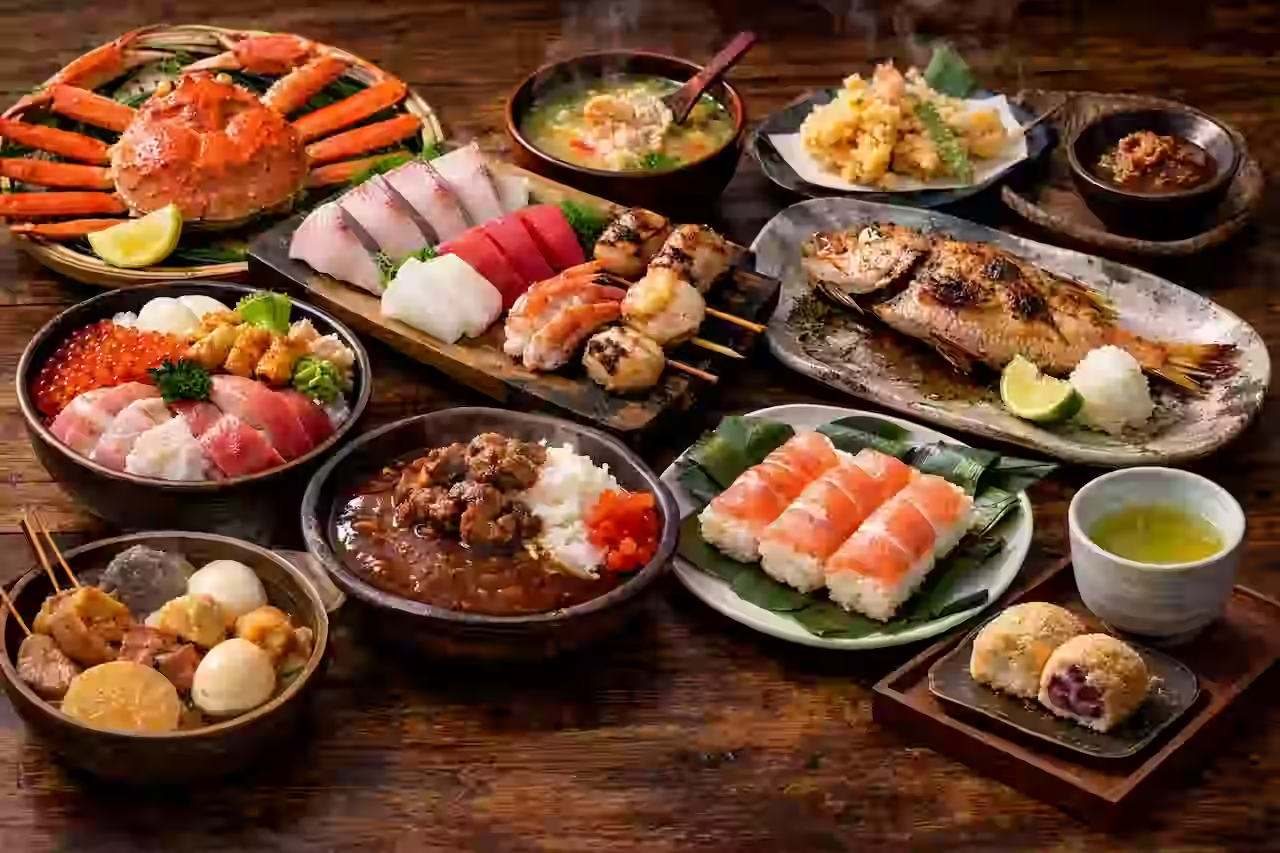


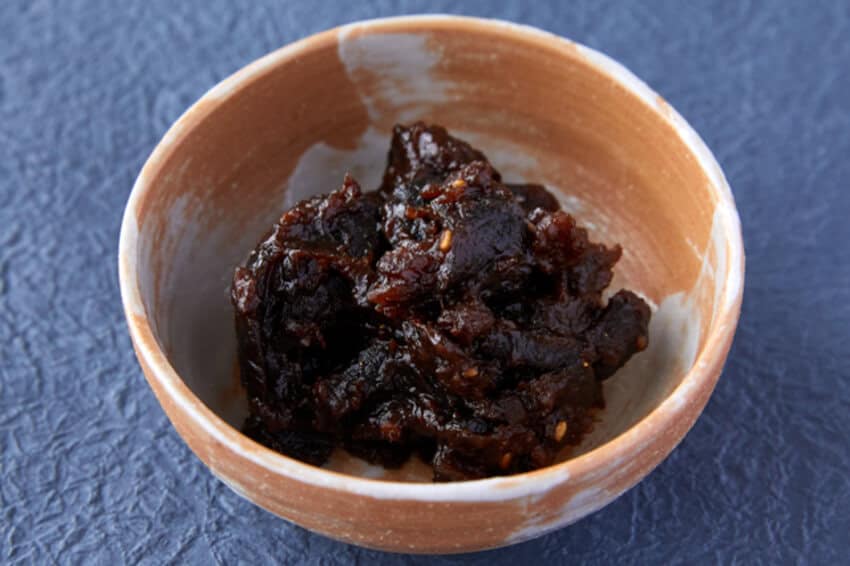
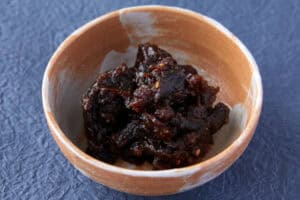
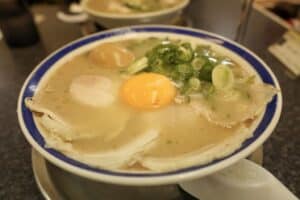




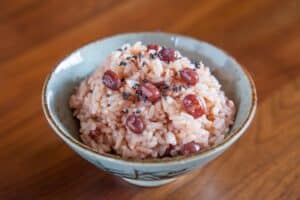

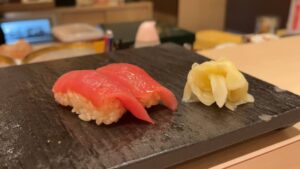
Comments